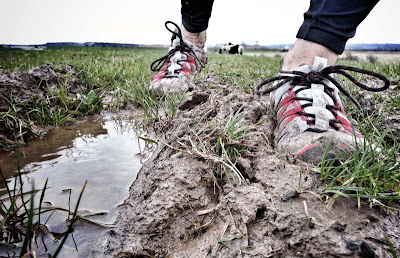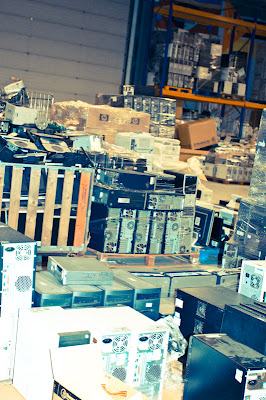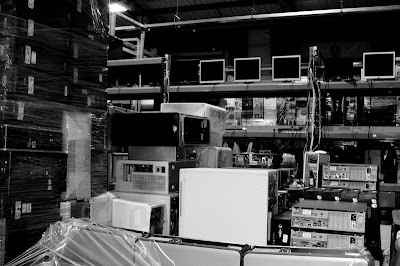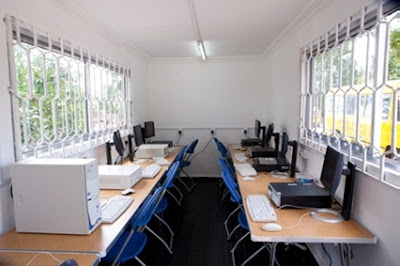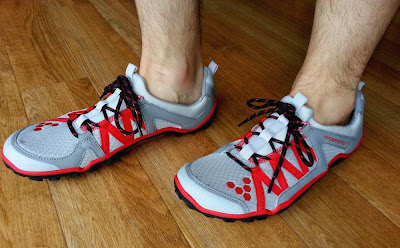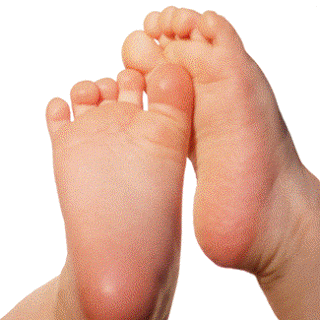Taking peoples' metaphors literally is also a very good way to explore how they really feel about things as I find they're both a good window to what they're really feeling but also safely dissociated enough to allow a conversation about stuff that could actually be quite close to the bone.
A lot of this comes from an excellent course I went on a year or so ago called Metaphors of Movement invented and run by an incredible explorer of psychology and a man I greatly respect: Andrew T Austin (so thanks Andrew).
Moving Forward in Life
One thing that comes up a lot in my own thoughts and when talking to my friends is that there can often be a definite lack of having any kind of forward motion in their lives.We feel like we're "standing still" or "treading water" or "not sure which direction to take".
All of these synonyms and colloquialisms are to do with direction and movement and I myself will be having a slight change of direction in the New Year which is why I was thinking about it on a recent cross country run I took.
Running as a Forward Movement
Running is often described as a great way of dealing with the frustration (most often caused by a feeling of lack of progress or forward movement) of work or home life. People describe how, during a good run, they managed to solve various issues and blockages that had been holding them back. They talk about how inspiration struck them and has allowed them to expand their business or take an idea forward...
Notice the connections?
Anyway, on the cross-country run I went on the other weekend where I took the above photo, I was thinking about my various choices, options and playing out various scenarios if I did or did not make a decision.
The run I was on was a section of the Saxon Shore. A 10 mile stretch of the banks of the Thames Estuary out past Gravesend and along to Rochester.
 |
| The Saxon Shore follows the southern shore of the Thames Estuary out from Gravesend for 160 miles to Dover |
I'm shore (pun intended) that during the summer it's an idyllic location and an amazing run (and one I intend to do many times) but right now, after all the rain we've been having over the past few months, it's a boggy, muddy, boulder strewn, windy, remote and desolate run.
It starts out OK along the top of the grass embankments but you're soon forced to descend into the quagmire of the mud either side and fences and flooding forces you onto the pebbly shoreline at times.
Along some bits of the route there are regions of football sized angular rocks which don't seem entirely naturally placed or at home and I can't help but wonder if they're Saxon. I'm sure they're not but hey, why else would it be called the Saxon Shore way?
All along the area are various shaggily handsome looking horses and ponies all belonging to various traveller families that call Gravesend home (you can see one in the background of the photo of my feet above). They stand and watch me run past with only vaguely interested eyes as though they were indeed echoing my thoughts of "what the hell am I doing out here in this biting wind, wading through puddles and ankle deep mud? Is this fun? Am I enjoying this?"
While I was mulling over the various options and ideas, scenarios and outright fantastical possible outcomes of the decision that awaited me, I was having to hop from rock to rock, changing direction to avoid floods or to practically double back to get onto the shingle beach to avoid mud and ruts caused by one of the many trail motorbikes that race up and down the embankments or take a detour around one or more of the ponies.
Just Keep Moving Forward
I couldn't tell you exactly where it was but at some point it occurred to me that while I kept having to change direction to avoid sections or overcome an obstacle on the route, I was still travelling forward and as I thought that, my mind made the connection between what I was doing on the run and what I was trying to decide to do in my life.It doesn't matter if you change direction: You're still moving forward and even if you have to change direction a hundred times, you're still closer to your goal or further along your journey than you'd be if you simply stopped and waited for the water to drain or the mud to harden or the horse to wander off.
Making a decision to move forward is the only decision that was needed and it doesn't really matter if it's the right decision or the wrong decision because I'll be moving forward and if I need to change direction again, that's OK.
It's all part of navigating the route and enjoying the journey.
